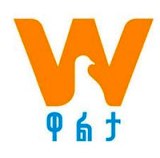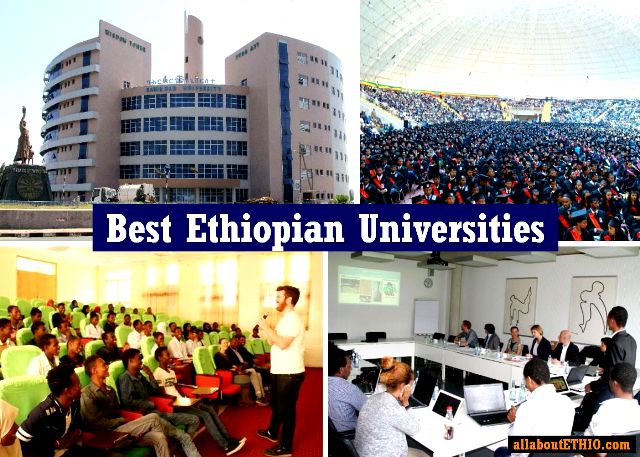
Top 10 Universities in Ethiopia
The illiteracy rate in Ethiopia has been dropping by leaps and bounds, and is estimated to be low compared to the rest of Africa in terms of school and university provision.Adult literacy rate is the percentage of people fifteen years old and above who can read, write and understand a short simple statement about their everyday life.
The statistics below show the huge improvements Ethiopia has been making in terms of educating the masses:
• Ethiopia literacy rate for 2017 was 51.77%, a 12.78% increase from 2007.
• Ethiopia literacy rate for 2007 was 39.00%, a 9.18% increase from 2005.
• Ethiopia literacy rate for 2005 was 29.82%, a 6.08% decline from 2004.
• Ethiopia literacy rate for 2004 was 35.90%, a 8.89% increase from 1994.
There has been a massive expansion of the entire Ethiopian education system, with entry into public universities being free, but very difficult to enter due to high competition.
Typically, about 20 percent of applicants go to public universities in Ethiopia.
In 1999, Addis Ababa University enrolled approximately 21,000 students. One of the biggest benefits of studying in Ethiopia, especially for international students coming from Western Europe, America, and Canada, is the low cost of living.
When applying to top universities abroad, you compete with the strongest applicants from different countries. According to statistics, less than 10% of the applicants are accepted.
One of their main secrets to success is a perfectly executed package of documents and a motivation letter, according to which the selection committee decides on admission or an invitation to an interview.
Here, to save time and effort, you can ask for help, contact an agency to collect all the documents, and also use the services of the college essay writing service. With help, your chances for admission will be guaranteed to increase.
There are several top universities in Ethiopia that you can choose from. These universities offer courses in a variety of fields and programs. The institutions of the best African universities are said to be among the best in the world.
The following are some of the best universities in Ethiopia, both public and private:
1. Addis Ababa University
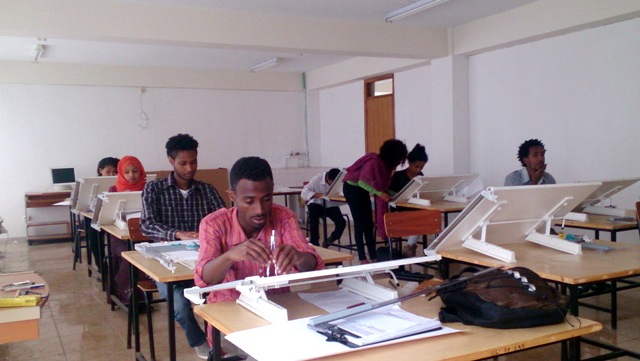
Addis Ababa University (AAU), began in 1950 as the University College of Addis Ababa (UCAA), and is the oldest and the largest university in Ethiopia. Since it began operations, the university has been the country's leading center for teaching-learning, research and community services.
AAU started with an enrollment capacity of thirty-three students in 1950, but today boasts 47,610 students (29,872 undergraduate, 15,398 Master’s and 2,340 PhD students) and 8,709 staff (3,110 academics, 4,346 admin support staff and 1253 health Professionals). In its fourteen campuses, Addis Ababa University runs 70 undergraduate and 293 graduate programs (72 PhD and 221 Masters), and various specializations in Health Sciences.
Ever since its inception, 222,000 students have graduated from AAU.
2. Arba Minch University
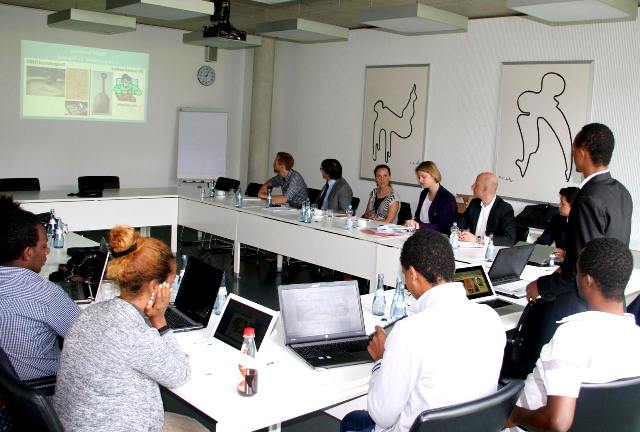
Arba Minch University has 5 campuses based around Arba Minch town. Arba Minch Institute of Technology and the main administrative units are based on the main campus site, while the remainder of the colleges are located according to the various facilities.
The College of Medicine and Health Sciences, for example, is located nearby Arba Minch Hospital. Even though Arba Minch University is one of the youngest universities in Ethiopia, it traditionally occupies a leading position in the country's rankings.
3. Jimma University (JU)

Jimma University was founded on the merger of the the Jimma Institute of Health Science and the Jimma College of Agriculture in the 1980’s. Both factions had been national leaders in their respective fields, and with the joint venture, the development of a new, multifaceted and development oriented institution was able to emerge.
JU is located outside the capital city of Jimma, and has had the ability to maintain a standard of education rarely found elsewhere in the country. Jimma University is often named one of the top ranked public institutions in Ethiopia. Today Jimma University has partnerships from a plethora of African, eastern and western European, Middle Eastern, Southeast Asian, East Asian, Latin American, and North American partners.
4. Hawassa University (HWU)

Hawassa University (HU) was first formed as 'Awassa College of Agriculture' ACA in 1976. Since then, HU has become a fully-fledged university, with thier name HU being coined in 2000, following the merger of ACA with 2 other colleges, namely 'Wondo Genet College of Forestry' WCF (established in 1978) and 'Dilla College of Teacher Education and Health Sciences'- DCTEHS (established in 1996). However, the 3 colleges: ACA, WCF and DCTEHS were collectively known as 'Debub University' for less than a decade before the creation of HU.
Today, HU has 2 institutes and 8 colleges spread out in 7 campuses, namely: College of Agriculture (CoA), Wondo Genet College of Forestry and Natural Resources (WGCF-NR), College of Medicine and Health Sciences (CMHS), Main Campus, Awada Campus, The Institute of Technology and Daye Campus. Furthermore, HU is operates over 90 undergraduate and about 120 graduate (masters, specialty and doctoral) programmes.
HU has a student population of about 43,640 and an estimated staff of 7040 staff, of which 1630 are academic and 5443 are administrative.
Concerning collaboration and partnership, Hawassa University has signed over 100 Memorandum of Understanding (MoU) with several institutions around the world, and currently hold about 61 active collaborative projects.
5. Bahir Dar University (BDU)
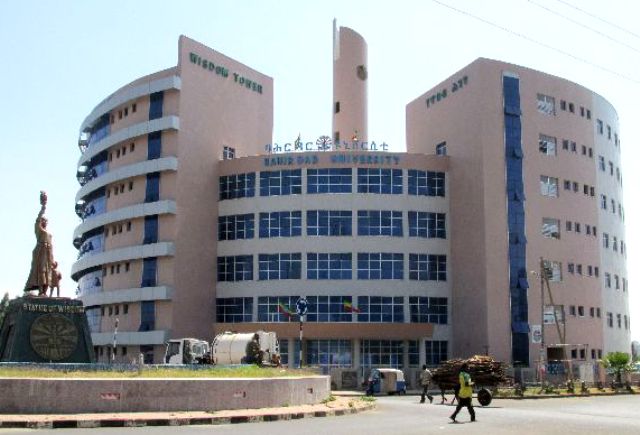
Bahir Dar University was created by fusing two institutions; namely the Bahir Dar Polytechnic and Bahir Dar Teachers’ College. BDU began operations in 2000. Currently, Bahir Dar University is now among the largest universities in Ethiopia, with over 52,850 students in 219 academic programs; 69 undergraduate, 118 masters, and 32 PhD programs. Furthermore, Bahir Dar University has 5 colleges, 4 institutes, 2 faculties and 1 school.
The academic units of BDU include College of Science, College of Agriculture and Environmental Sciences, College of Medical and Health Sciences, College of Business and Economics, College of Education and Behavioral Sciences, Bahir Dar Institute of Technology, Ethiopia Institute of Textile and Fashion Technology, Institute of Land Administration, Institute of Disaster Risk Management and Food Security Studies, Faculty of Humanities, Faculty of Social Sciences, School of Law, Sport academy and Maritime academy.
The research centers of the university are Blue Nile water Institute, Biotechnology research Institute, Pedagogy and Education research Institute, Energy research Institute, Textile, garment and fashion design, Abay culture and development research center, Geospatial data and technology center, Institute of Economics research and Demographic surveillance.
6. Ambo University
Ambo University began in about 1931, as the School of Agriculture, the first agricultural school in Ethiopia. Through the years it would transform and grow as Ambo Agriculture and Forestry Secondary School, Ambo Institute of Agriculture, Ambo Junior College of Agriculture, Jimma University - Ambo College, and Ambo University College.
Ambo University was finally an autonomous university in 2011. Today, the university offers 48 graduate and 70 undergraduate programs. The programs are serviced in 9 colleges, institutes, schools and academic departments.
Aside from the main campus at Ambo city, the university has 3 campuses in Awaro, Guder and Wollisso. The university also runs 3 research centers which focus on conservation of indigenous trees and overall agricultural research and development.
7. New Generation University College
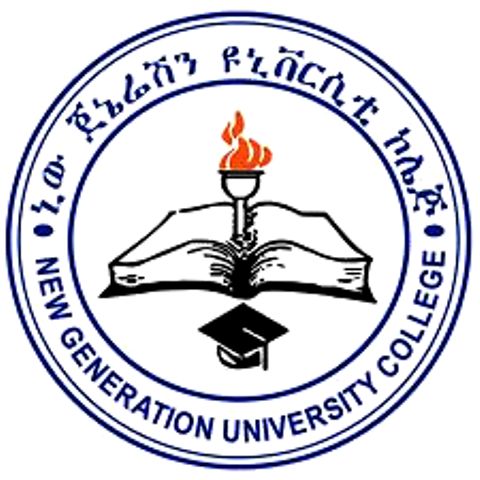
New Generation University College (NGUC) was established in Addis Ababa, in 2002. The founders strived to offer quality higher education opportunities to the younger generation of Ethiopia and beyond.
Currently, NGUC has about 47,300 total student population, with 19,450 of them being international students. They also offer over 65 programs of study.
8. Mekelle Institute of Technology (MIT)
Mekelle Institute of Technology (MIT) is located 5 kilometers outside of Mekelle, the capital of the northwestern Tigray Region of Ethiopia. MIT offers high quality education, training and research in the areas of science and technology.
MIT graduated its 1st batch of 142 students in 2007. Today, the campus teaches about 560 students in their Engineering Faculty.
EFFORT, an endowment group was the main funding source for MIT, but they also get funds from their R&D (research and development) branch of its ICT department. This branch produces software and hardware projects and develops them for clients.
9. Wolkite University
Wolkite University was established in about 2010, 15 kilometers away from Wolkite town off the Gubreye – Butajira road. They operate in 3 campuses, namely, Gubreye Campus (Main Campus), Wolkite Campus, and Butajira Campus. Furthermore, they have 7 colleges, 1 school, 46 undergraduate programs, 3 post graduate programs, 19 summer service programs, 9 weekend programs, and 6 night programs.
Today, this Ethiopian university has the capacity to provide service for its estimated 14,000 students, with a support staff of about 3,500.
10. Haramaya University (HRU)
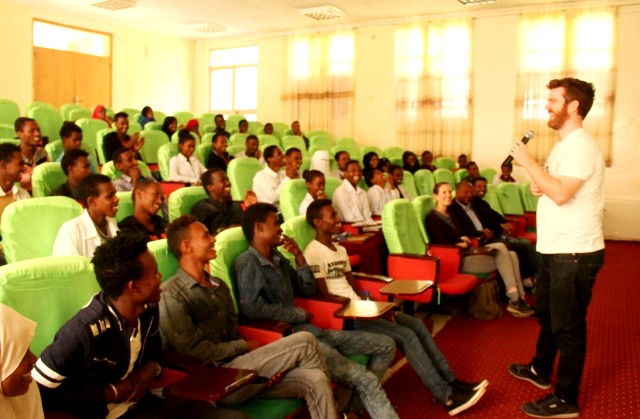
An agreement signed between the Imperial Ethiopian Government and the Government of the United States of America in 1952 laid the foundations for the formation of Jimma Agricultural and Technical School and the Imperial College of Agricultural and Mechanical Arts (IECAMA).
Until 1963, the college was dependent on Oklahoma State University, both administratively and academically, but by 1966, the position of the Americans was largely advisory and technical support.
It would soon be named Alemaya College of Agriculture, and would further transform during the 1995/96 academic year by the launching of two new faculties, namely the Faculty of Education and the Faculty of Health Sciences, this further diversified their existing programs and enabled the college to become a fully-fledged university that was renamed Alemaya University (AU).
Currently, Alemaya University has nine colleges, one institute and one directorate namely, College of Agriculture and Environmental Science (CAES), College of Business and Economics(CBE), College of Computing and Informatics (CCI), College of Medical and Health Sciences(CMHS), College of Social Sciences and Humanities(CSSH), College of Law(COL), College of Veterinary Medicine(CVM), College of Natural and Computational Sciences (CNCS),College of Education and Behavioral Sciences(CEBS), Directorate of Continuing and Distance Education (CCDE) and Haramaya Institute of Technology (HIT).
Furthermore, the university offers a total of about 225 programs of which 105 are undergraduate programs, 104 are second degree (M.Sc./M.Ed./MPH) and 15 are PhD level training programs.



















